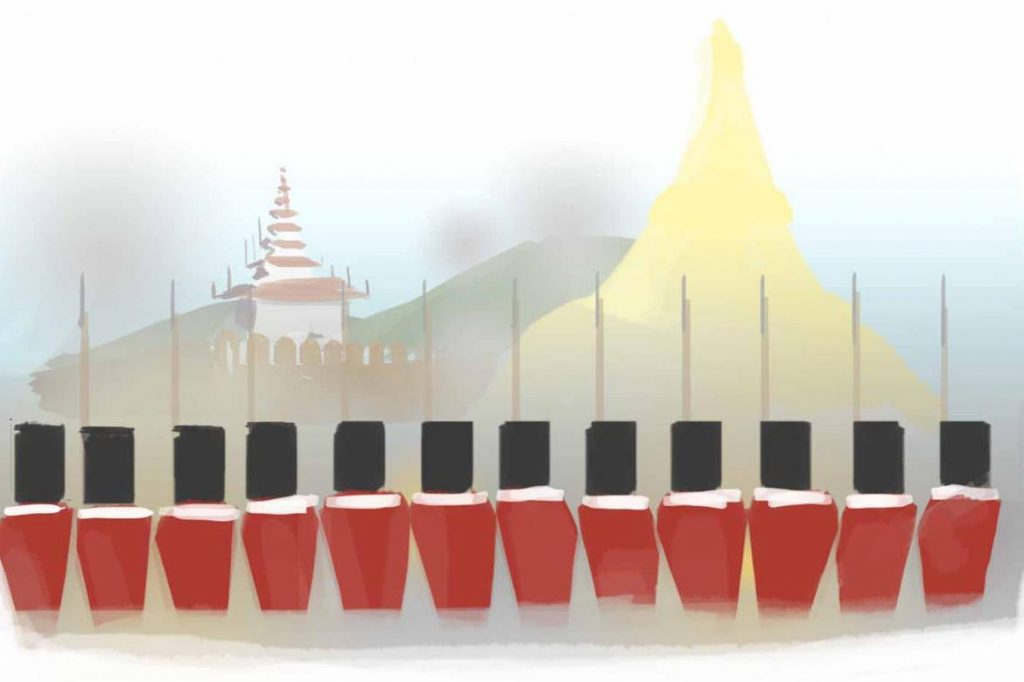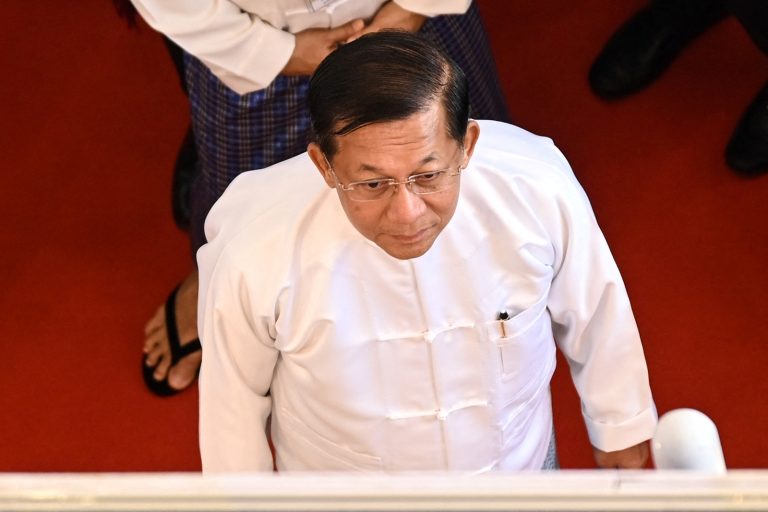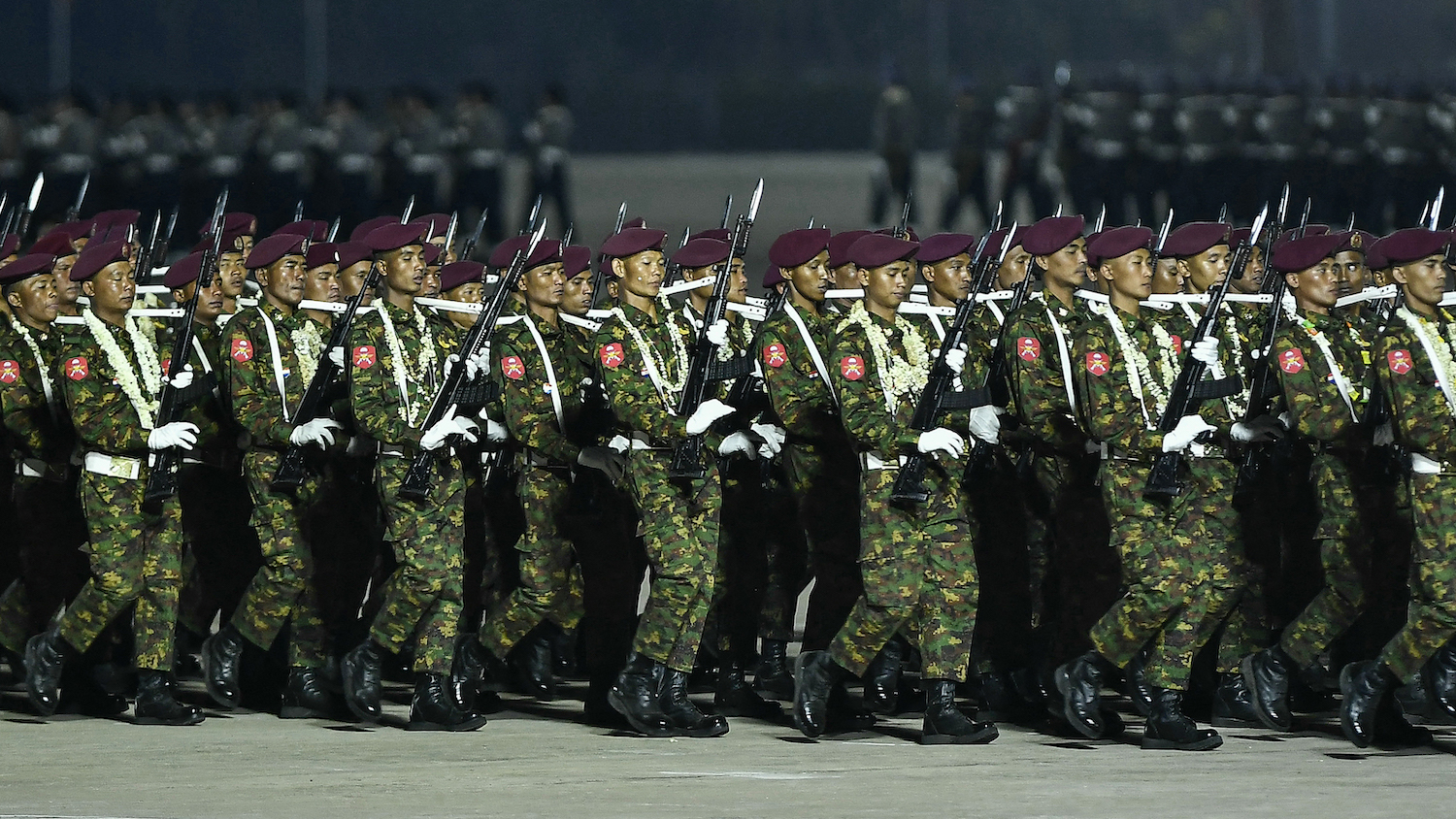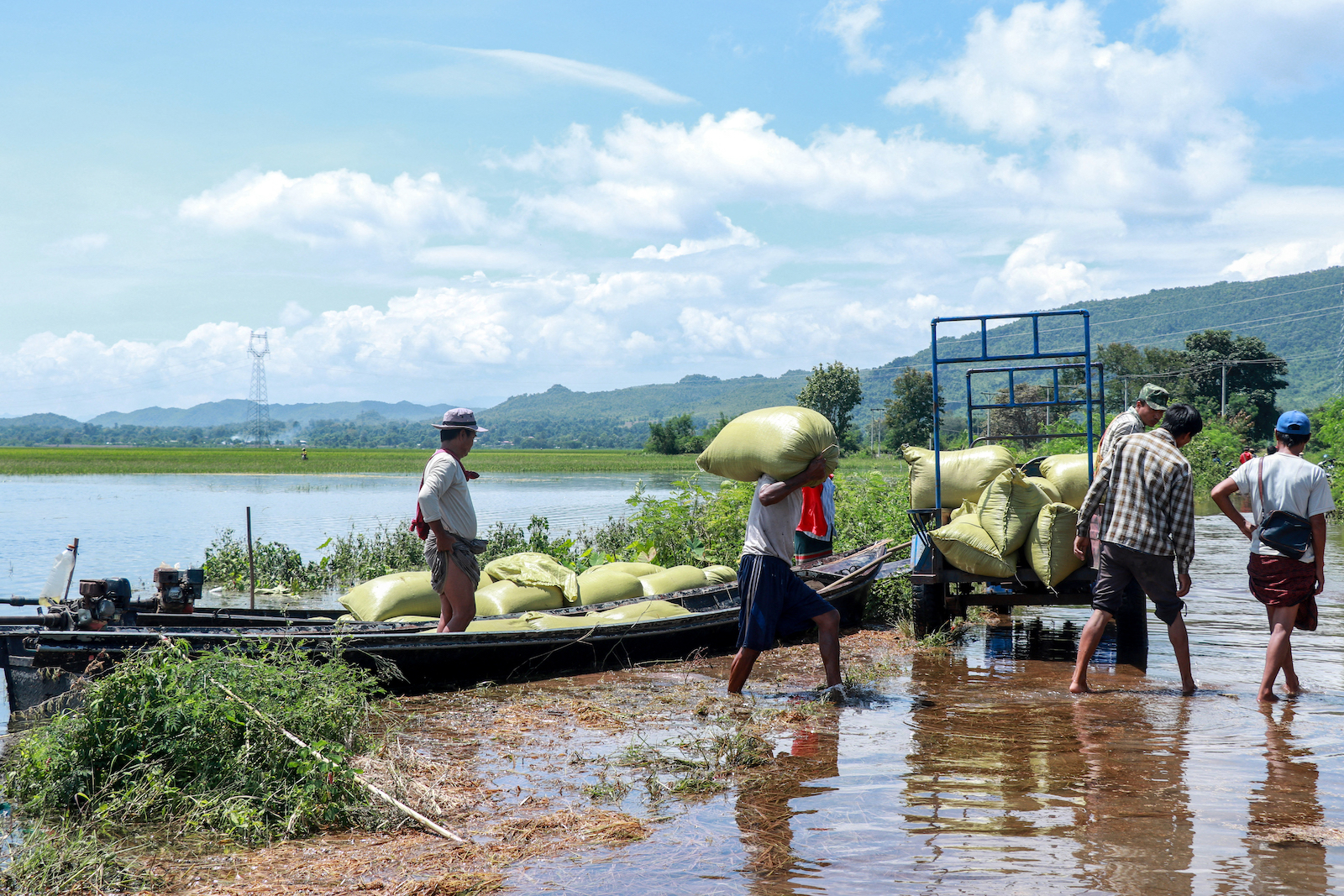A brief history of the wars that led to the fall of the Burmese monarchy and the imposition of British colonial rule.
By JARED DOWNING | FRONTIER
THE BURMESE and the British had a shaky relationship from the start.
In the mid-18th century, after Bamar villager-turned-king Alaungpaya came out of nowhere and smashed the restored Hanthawaddy kingdom based at Pegu (Bago), he respectfully sent a message to King George of England, but it was ignored.
Alaungpaya’s Konbaung Dynasty based at Ava, near Mandalay, continued to expand through the decades. The Burmese became the terror of their neighbours, and even tried to stir up resistance among the small kingdoms to their west that were steadily being absorbed by British India.
In the early 1800s, having met heavy resistance in Siam to the southeast and the Chinese Qing to the north (which had invaded in the 1760s), the Burmese pushed west, conquering Arakan, Manipur and Assam. When the Burmese sent a force to the Jaintia and Cachar districts in Assam it was the final straw for the powerful East India Company, which was to rule from its capital at Calcutta until 1858.
Support more independent journalism like this. Sign up to be a Frontier member.
When the East India Company invaded in 1824, it wasn’t picking on another weak Asian kingdom; it was a conflict between colliding empires.
The First War: The beginning of the end (1824-1826)
In 1824, a naval force of 10,000 British and Indian troops led by Sir Archibald Campbell arrived in Rangoon.
The Burmese forces were led by the stalwart Maha Bandoola, who had expertly conducted the king’s forces in the west with General Thado Thiri Maha Uzana.
Instead of abandoning his campaign in the west to meet the British full-force in Rangoon, Maha Bandoola waged a two-front war, and initially the battle-hardened Burmese pushed the British lines alarmingly close to Calcutta.
major-general_sir_archibald_campbell_g-001019.jpg

Major-General Sir Archibald Campbell, who led British forces during the First Anglo-Burmese War. The confict would ultimately cost British India 15,000 soldiers and between £5 million and £13 million sterling – a huge sum for the time. (Wikimedia Commons)
But as British forces gained the upper hand in peninsula Burma, Maha Bandoola and Uzana called off their offensive in the west and led their forces back over the Assamese ranges and the Arakan Yoma in treacherous monsoon weather.
The British were embroiled in bitter fighting around Rangoon, which the Burmese had abandoned, and established a fortified position at the Shwedagon Pagoda.
Although superior in number, Maha Bandoola’s forces were poorly armed and exhausted after the gruelling march from the west. His decision to launch a frontal assault to retake the Shwedagon was a disastrous failure and the Burmese army lost thousands of men.
In 1825, British forces took Arakan, Assam and most of the western territories and continued to drive Maha Bandoola’s troops further from Rangoon. On April 1, Maha Bandoola was killed by a British mortar shell while defending Danabyu, in the Irrawaddy Delta.
After a failed armistice attempt, the Burmese threw everything they had into a final disastrous assault on Pegu in December. The king surrendered on December 26.
The resulting Treaty of Yandabo left the British with Assam, Manipur, Cachar, Jaintia, Arakan and Tenasserim. But it had also cost British India 15,000 soldiers and between £5 million and £13 million sterling – an astonishing sum for the time and a factor in the British government replacing the East India Company as the colonial administrator.
For the Burmese, the war shattered what would be their last empire and was the beginning of the end of independence, which would not be regained until 1948.
The Second War: Ava loses a king and a port (1852-1853)
A few decades after the Treaty of Yandabo, there was another war with British India. It was a shorter and more decisive conflict that mainly served to herald Burma’s inevitable fall to a more powerful enemy.
It began in 1852 with a small political incident: fines for the captains of British merchant navy vessels over customs disputes. The Burmese immediately capitulated when challenged, returning the fines and sacking the official who ordered them.
But then the British blocked the Gulf of Martaban and demanded one million rupees in reparations.
Before the Burmese could answer, the British seized Rangoon in April.
myanmar-history-101-anglo-burma-wars.jpg

“The Burmese were drawn into a war they neither wanted nor were ready for,” wrote Dr Thant Myint-U in The River of Lost Footsteps. “But despite an energetic resistance at Pegu, 30 years of technological advancement on the British side and few improvements on the Burmese side meant that the defenders had little hope.”
The war sparked upheaval in the Court of Ava and led to King Pagan’s overthrow by his half-brother, King Mindon, who sued for peace in early 1853.
He needn’t have bothered. The British never offered a treaty; instead, after some internal squabbling, British India simply annexed Rangoon, Pegu and all of the Irrawaddy Delta.
The Third War: The Fall of Mandalay (1885)
Mindon’s elevation to the monarchy came on the heels of an utter humiliation. During his reign from 1853 to 1878 the much-loved and respected Mindon did his best to modernise his domain, including establishing a new capital at Mandalay and commissioning a royal history, The Glass Palace Chronicle (as it is called in English).
It was not enough to save the kingdom in 1885, when European expansionism was at its height and imperial powers were seeking excuses to colonise territory in the region.
mindhla_after_capture1885.jpg

British forces after capturing the Burmese stronghold at Minhla, during the Third Anglo-Burmese War in 1885. (Wikimedia Commons)
With strife in India and Ireland, Britain could feel its dominance slipping. Meanwhile, the French were making strategic gains in what would become Laos, Cambodia and Vietnam. Worse for the British, the Konbaung Dynasty headed since 1878 by Mindon’s ill-fated son, Thibaw, was cozying up to the French, going so far as to sign a commercial agreement in Paris in 1883.
Finally, after rumours surfaced of a secret arms deal between France and Mandalay, the British used yet another trade dispute, this time involving the Scottish-run Bombay Burmah Trading Corporation, as casus belli. The British demanded, among other concessions, that the kingdom surrender control of its foreign affairs to the government of India.
After a failed attempt at compromise by King Thibaw, British steamers were soon advancing rapidly up the Irrawaddy towards Mandalay and brushing aside the limited resistance they met from the Burmese.
surrender.jpg

The Burmese army surrenders at Ava on November 27, 1885. (Wikimedia Commons)
It did not help national morale that unlike his father, Thibaw was an unpopular ruler. Rumours even spread that Thibaw’s half-brother, the exiled Prince Nyaungyan, was spotted on a British steamer heading for Mandalay. But the prince had already died; the British indeed brought an impostor with them.
There was only one proper battle. The siege of two stockades on either bank of the Irrawaddy claimed three Indian soldiers, one British officer and more than 100 Burmese. Thibaw surrendered to General Harry Pendergast on November 26, 1885, abdicated on November 29, and was sent into exile in India with members of his family. The kingdom was annexed and officially became British Burma, a province of India, on January 1, 1886.
Mandalay was plundered, but the British found it difficult to subdue their new prize. Informal militias and groups of bandits harried the countryside and eventually grew into an insurgency that would only be subdued after years of military and police action that was as costly as it was brutal.
But Myanmar would not be independent again for more than 60 years.







